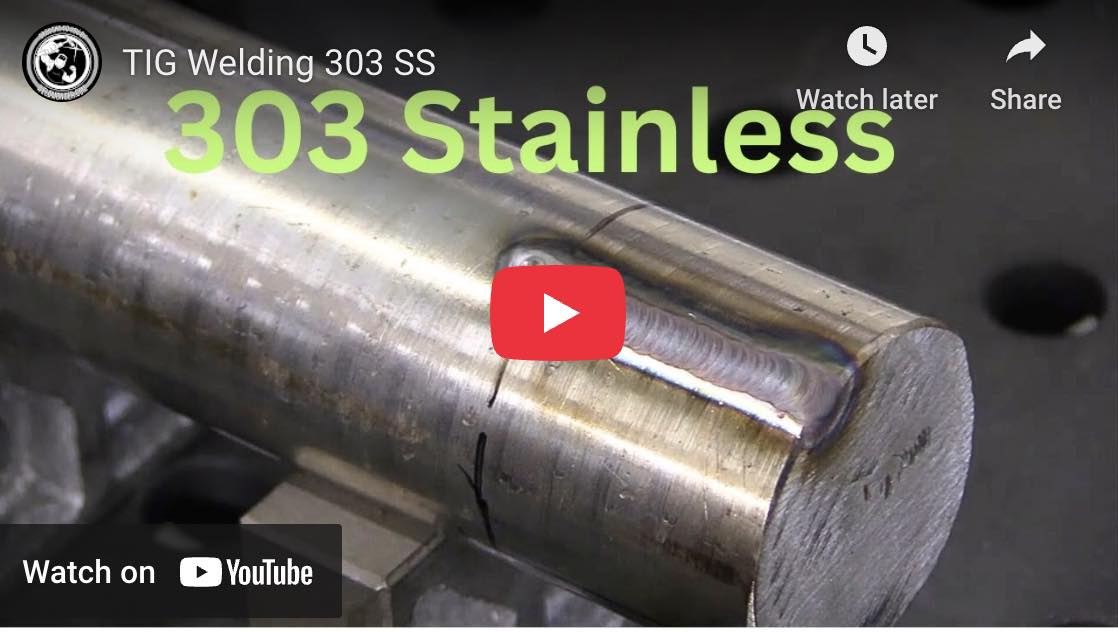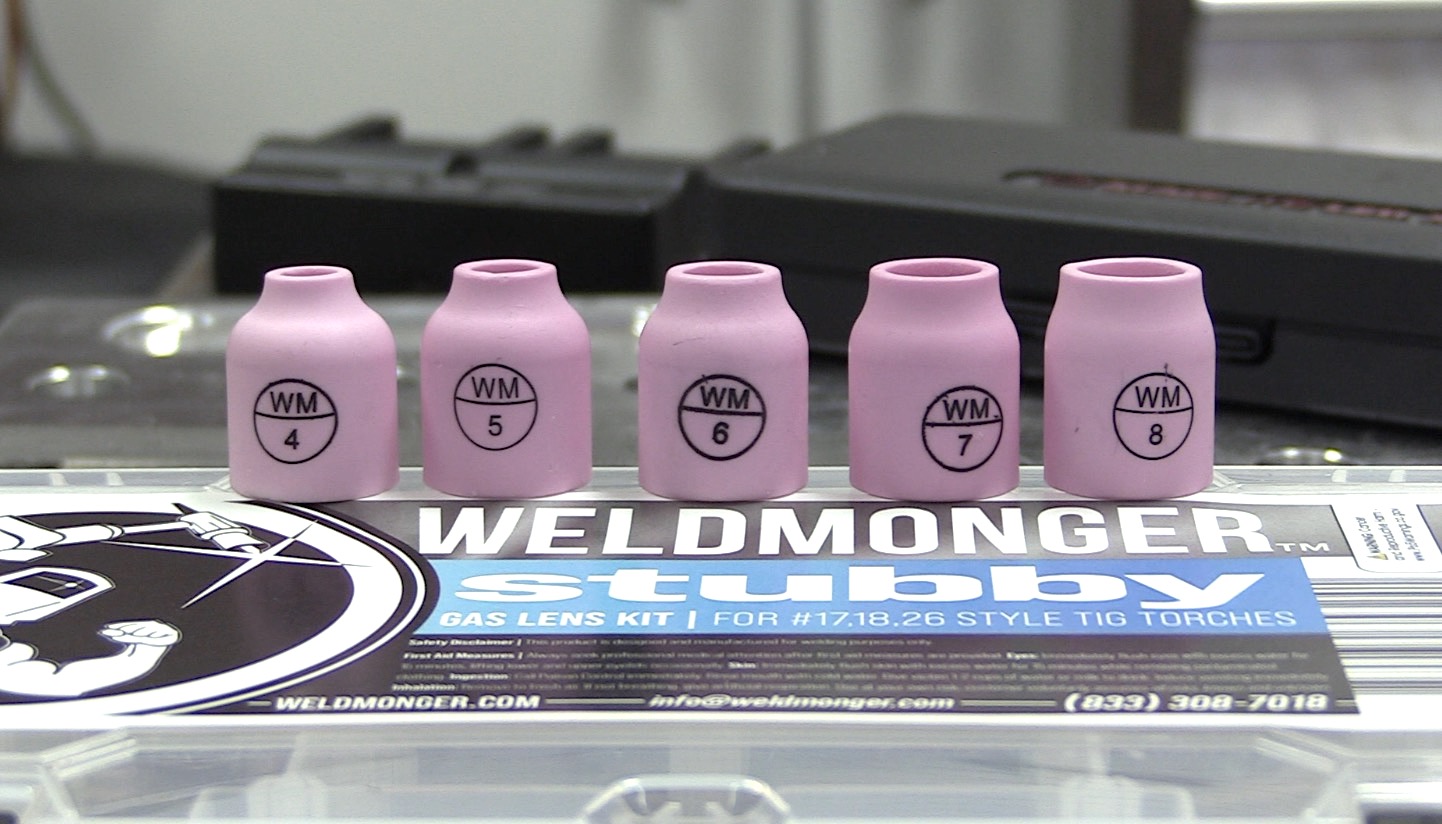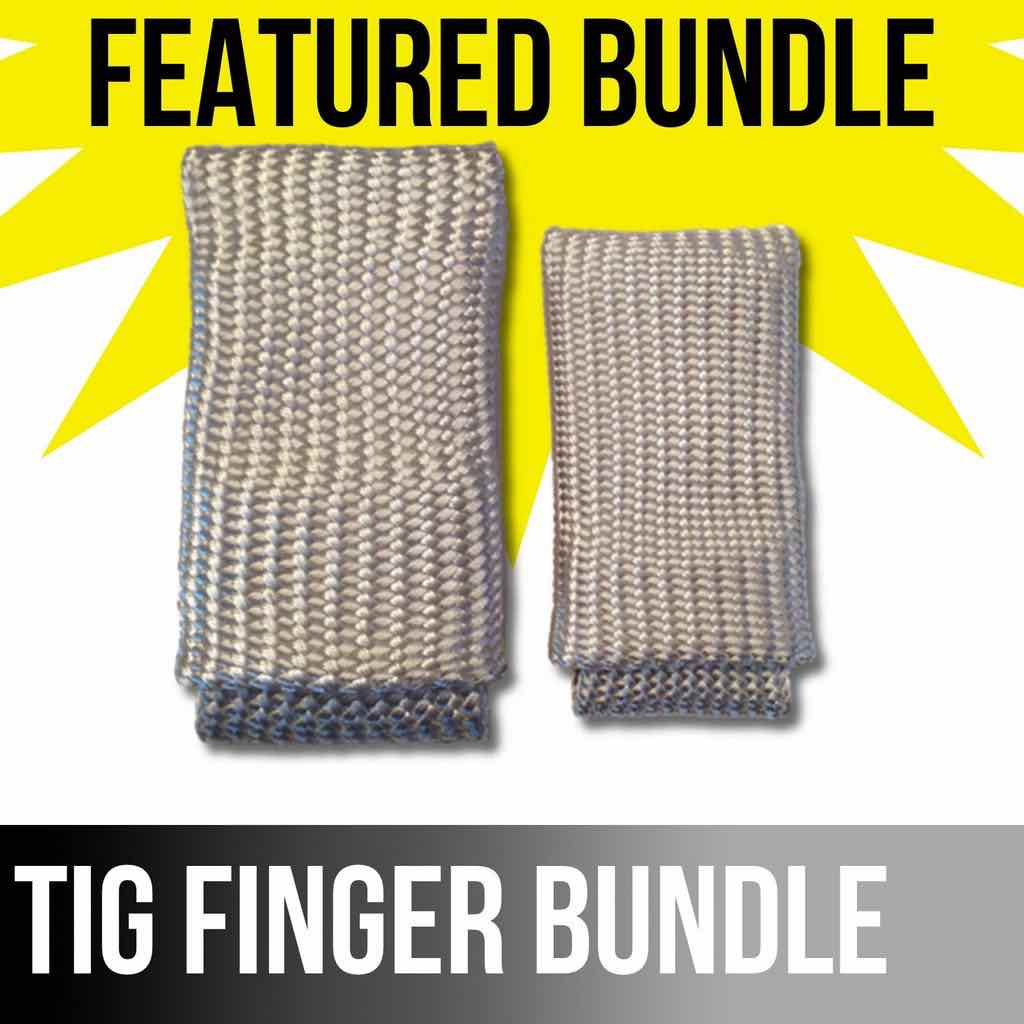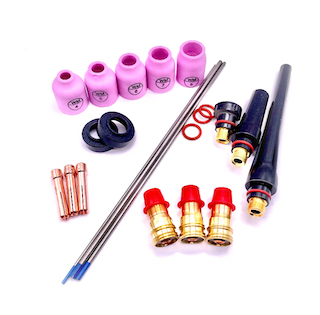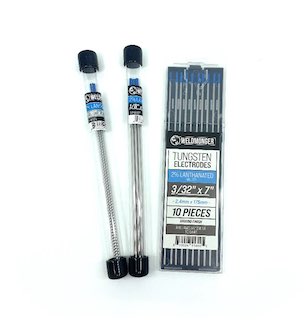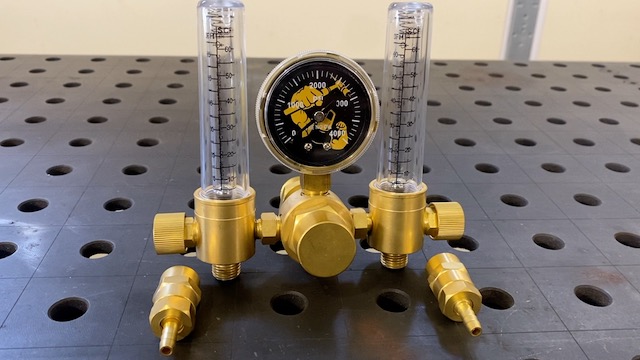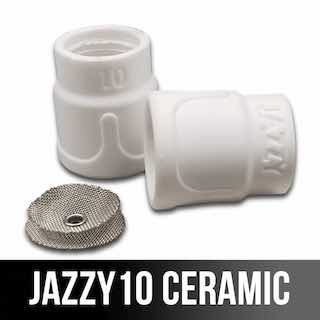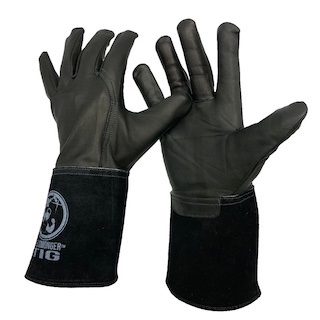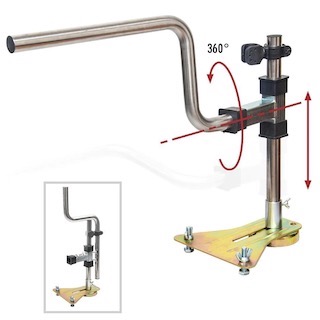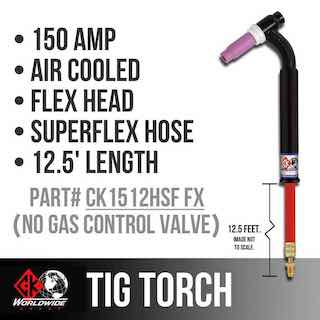TIG Welding 303 Stainless Steel
- HOME
- Tig Welding Stainless
- Tig Welding Stainless Steel
- 303 Stainless
Check out this old video on TIG welding 303 stainless parts...It still holds up with sound fundamentals
Welding 303 Free-Machining Stainless Steel: Recommended TIG Procedures, Filler Metals, and Precautions
If you are still using the standard TIG cups and hardware that came with your machine or TIG torch, I can just about guarantee you will get better results if you upgrade to a weldmonger® stubby gas lens kit.
Overview of 303 Stainless Steel
303 stainless steel is a free-machining austenitic stainless steel, specifically designed to offer excellent machinability. It’s essentially a modified version of 304, with sulfur added to improve chip formation during machining. That’s great for turning, milling, or drilling—but not so much for welding.
Why Welding 303 Is Generally Not Recommended
The same sulfur that makes 303 easy to machine also makes it susceptible to hot cracking, porosity, and reduced ductility during welding. Because of these issues, most standards discourage welding 303, especially in critical or high-load applications. However, in low-stress, non-critical applications, careful TIG welding with appropriate filler and technique can be performed.
Situations Where Welding 303 May Be Considered
Low-Stress, Non-Critical Applications
You might weld 303 in situations where:
- The weld isn’t load-bearing
- Building up worn metal to restore dimensions.
In all cases, welding should be done with full knowledge of the risks and after considering alternate options.
Challenges in Welding 303 Stainless Steel
High Sulfur Content and Its Effects
Sulfur, added to enhance machinability, causes grain boundary embrittlement and lowers melting point in localized zones. This leads to:
- Hot cracking during solidification
- Undercut at toes of weld
- Sluggish weld pool behavior
Cracking and Porosity Issues
303 has a high tendency for hot cracking, especially along the fusion lines. It also suffers from porosity, where tiny gas pockets get trapped in the weld, weakening it.
Loss of Corrosion Resistance
Welding 303 can also damage its corrosion resistance, especially in the heat-affected zone (HAZ). Chromium depletion and sulfur-related inclusions further compromise its resistance to rust and staining.
Recommended TIG Welding Procedures
Joint Preparation
- Clean thoroughly with acetone or alcohol to remove oils, sulfur films, or surface contaminants.
- Use mechanical grinding or wire brushing to expose clean metal surfaces and remove any coatings.
Proper Shielding Gas
- Use 100% Argon for TIG welding.
- Maintain good gas coverage to avoid oxidation or porosity.
Heat Input Control
- Use a low enough amperage setting to reduce the risk of cracking.
- Apply short arc lengths and let the filler metal flow out to the edges of the weld without playing the arc directly on toes of weld. Avoid weaving; use narrow, focused passes instead.
TIG Welding Parameters
- Amperage: use slightly less amperage than you would for 304L or 316L stainless
- Torch Angle: 10–15° push angle with a sharp tungsten and a tight arc length
Filler Metal Selection for Welding 303 Stainless
ER308L Filler Metal
The most commonly used filler for 303 is ER308L—the low-carbon version designed to match 304 stainless. It works adequately, though it won’t completely eliminate cracking risks.
Both ER309L and ER312 are Alternatives and ER312 has very high crack resistance
ER309L and ER312 have a higher alloy content, making them more crack-resistant and suitable when welding dissimilar metals or questionable base materials like 303.
Welding Technique and Precautions
Low Heat Input Strategy
- Maintain tight control of amperage and arc duration
- Avoid prolonged exposure to heat zones
- Use multiple short passes for larger welds instead of one long pass
Minimizing Interpass Temperatures
Keep interpass temperature below 300°F (150°C). This helps prevent sulfur segregation and thermal cracking.
Cleaning and Post-Weld Treatment
- Clean welds with stainless wire brushes
- Use pickling paste or citric acid solutions to restore passivity
- Avoid chlorinated cleaners that can worsen corrosion issues
Post-Weld Considerations
Inspection and Testing
While these are low-stress applications, it’s still wise to:
- Visually inspect for cracks or porosity
- Perform dye penetrant tests if the part will be pressurized or needs to be leak proof
Surface Restoration and Passivation
Post-weld passivation is essential to rebuild the protective oxide layer damaged during welding. This improves long-term corrosion resistance.
Alternatives to Welding 303 Stainless
Using 304 or 316 stainless for Welded Parts.
Yes they are more difficult to machine but weldability is much better.
If welding is essential to your project, consider switching materials. Both 304 and 316 are much better suited for welding and offer more consistent long-term performance.
Mechanical Joining or Brazing Options
For situations where 303 must be used, consider threaded fasteners, clamping, or silver brazing instead of welding. These methods avoid heat-induced issues entirely.
Conclusion
Welding 303 stainless steel is far from ideal—but not entirely impossible. In low-stress, non-critical applications, careful TIG welding using ER308L, ER309L, or ER312 filler, low heat input, and excellent shielding can produce acceptable results for non critical applications. Still, welding should be considered a last resort. When possible, choose better-suited alloys like 304L or 316L, or opt for mechanical joining to ensure safer and more durable outcomes.
FAQs
1. Why is 303 stainless difficult to weld?
Because of its high sulfur content, which causes undercut, cracking, porosity, and poor fusion during welding.
2. Can 303 stainless be welded to 304 or 316?
Yes, using ER309L or ER312 filler is recommended, but the weld will still be weaker than with standard stainless alloys.
3. What is the best filler for 303 stainless?
ER308L, ER309L, or ER312 are the most commonly used fillers. ER309L and ER312 offer better crack resistance.

